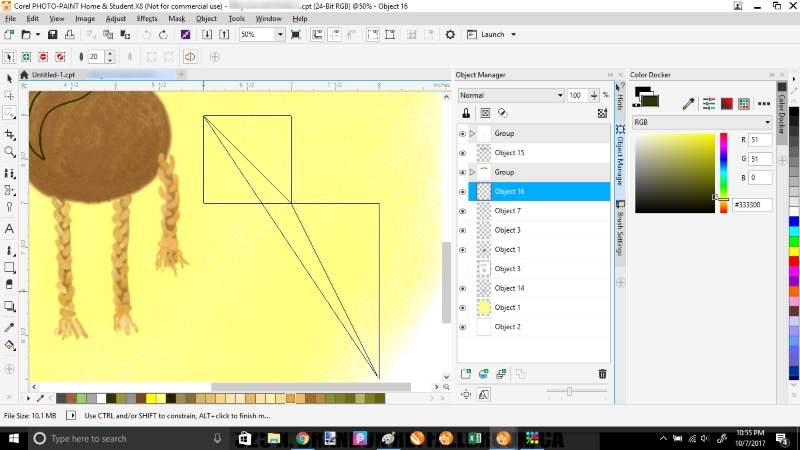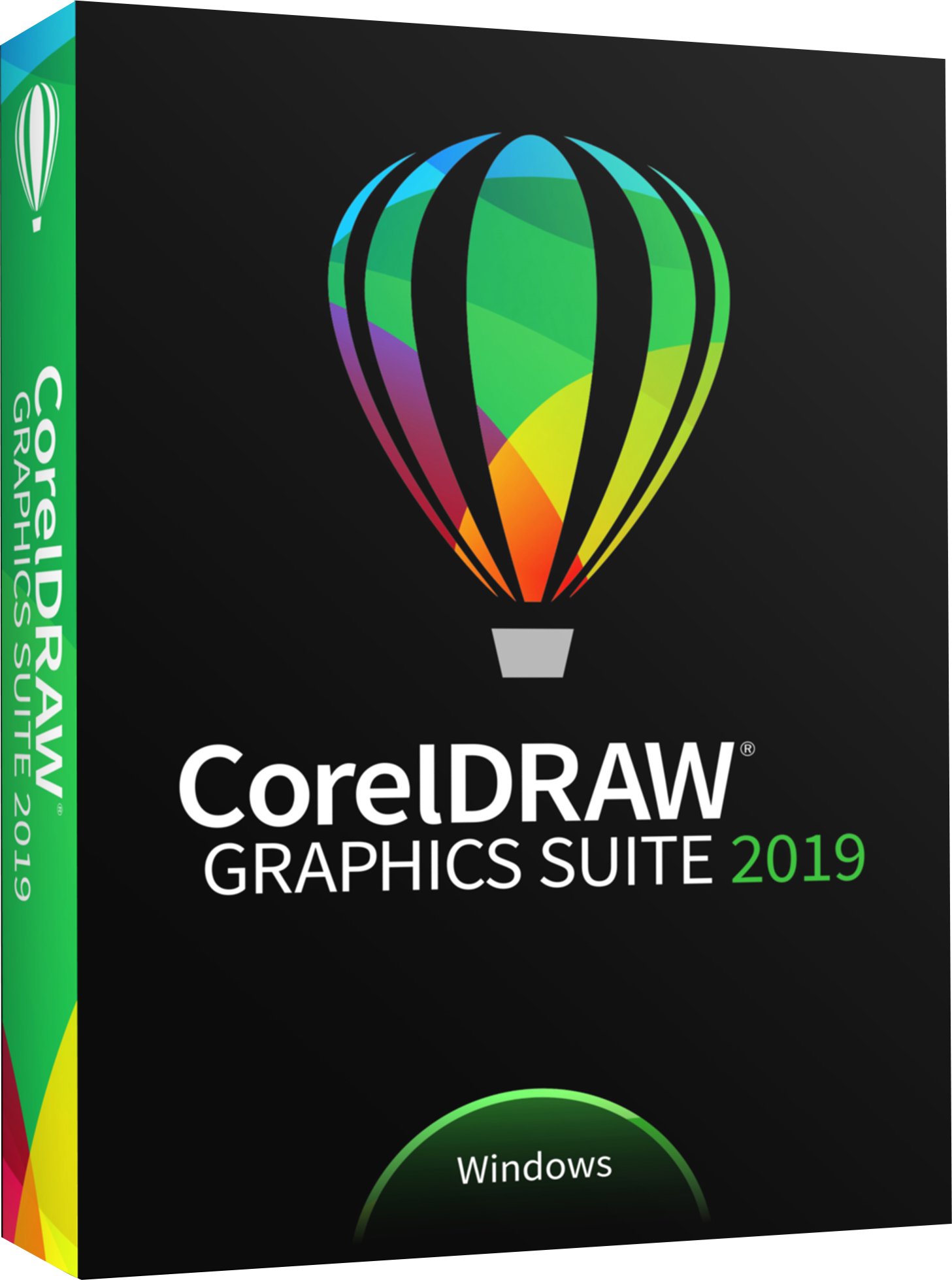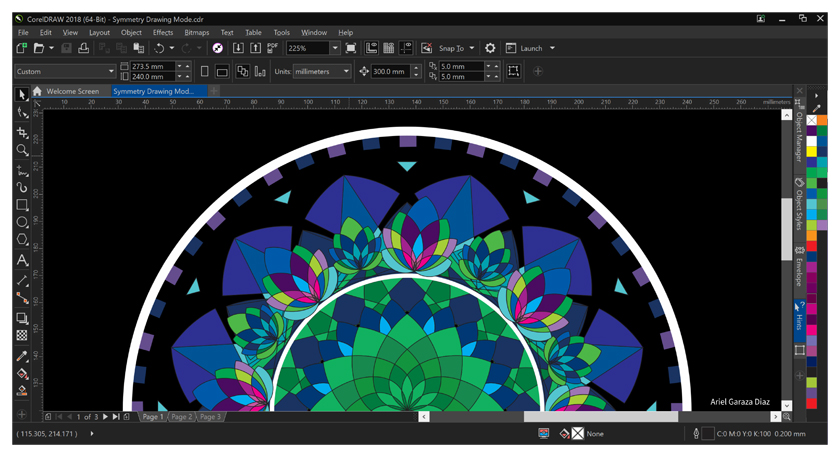

If you are thinking of sharing a DRAW created file with an Illustrator user, then you’ll have to use the Illustrator standard. Here are a few ways you can ensure your clients receive correct, editable files: 1. However, having a printable design still leaves a problem when your client demands an AI or EPS editable-file. It seems that publishing your file as Acrobat 8 (PDF 1.8), while making sure the flattening settings are NOT enabled results in a smooth, printable design.

The “solution” is neither simple nor direct. This could be a future problem if your client wants to edit their design and their in-house designer tells them, “I can’t do anything with this file unless I re-design it in Illustrator.” How irritating would that be? The “Solution” Why? Because most printing companies and designers do not support or use CorelDRAW - they only use Adobe programs. Unfortunately for CorelDRAW users, more and more clients are demanding Illustrator files. Same design published as an EPS: More examples of CorelDRAW files published as AI or EPS:

However, this is the same design published as an AI file: Here is an example of a JPEG saved in CorelDRAW… it looks fine: When a design is exported out of DRAW as an AI or EPS, certain effects get rasterized.įor example, conical and square gradients are NOT supported by Illustrator which results in jagged and rasterized edges. The problemĪlthough DRAW is a vector program, files are handled differently than other programs, particularly in areas of transparencies and gradients. You do not want to provide clients with incorrect or corrupt files. If you use DRAW, especially for logo designs, it is crucial that you completely understand its drawbacks. You can edit the number of Mirror lines and source angle, while using a mix of elements including objects with varying patterns and transparency settings.Attention CorelDRAW users: Did you know that serious problems arise when CorelDRAW files are published as an AI (Illustrator file) or EPS?

Anyone familiar with Corel's powerful real-paint emulator Painter will recognise similarities to the Kaleidoscope tool. Saving the best for last, there's the new Symmetry drawing mode, which allows artists and designers to build up drawings and create designs quickly by mirroring a drawn path and/or object(s). Even with a starting set of only two editable lines, the variation once you begin altering these parameters offers some pleasant results. You can edit line weights, line style and wide point position, start and end widths and spacing steps. The effect is non-destructive and defined as either Parallel or Radial. The next standout feature is the Impact tool which generates speed-lines and bursts commonly associated with traditional comics and manga art. Results with the Block Shadow tool are instantaneous, with the effect respecting keylines assigned to the target typeface We can see this tool becoming a huge timesaver when creating infographics. You can opt to input values into the Properties bar to manage the effect, but the drag-and-draw tool method is impressively quick and intuitive to use.Ī nice detail with the drag-tool is a colour picker pop-up for the shadow hue, though being able to apply gradients here also would be a welcome addition in the future. Kicking things off is the Block Shadow effect, which generates an instant 3D extruded shadow to type and objects. This approach to development often manifests existing tools found elsewhere in other creative apps (with a Corel twist, of course) or as solutions that combine a subset of common tasks into a one-click tool. Where other developers can sometimes add new bewildering features and overburden their flagship software, Corel prefers to give users a smaller set of very defined tools. Corel has always favoured a more measured and incremental approach when making updates to its software.


 0 kommentar(er)
0 kommentar(er)
